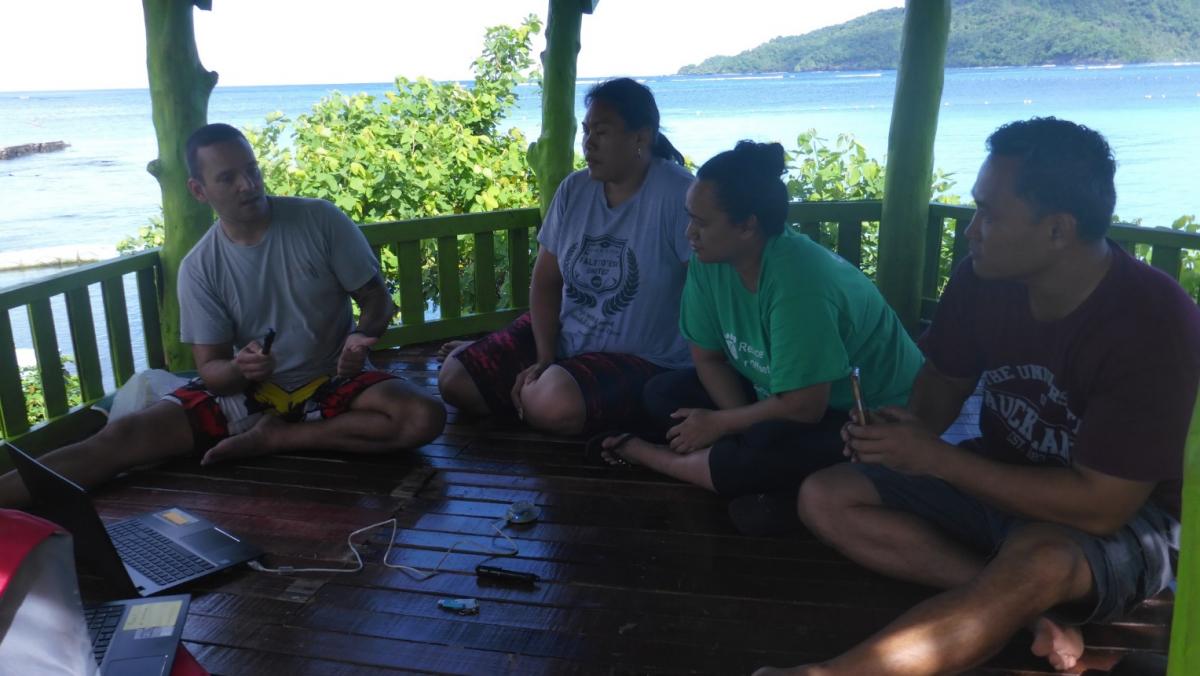Ocean acidification (OA) is when the ocean becomes more acidic due to absorbing too much carbon dioxide from burning of fossil fuels. This is problematic because it will make the ocean unsuitable for marine life to thrive.
So how do you monitor levels of acidification in the ocean?
The Government of Tokelau through the Ministry of Climate Oceans and Resilience (MiCORE) answered this question on the 21st March at a training on iSAMI and GO-ON in a box toolkit that monitors OA. The training was held out in the field at one of Samoa’s well known community fish reserve – Savaia so that the participants get a good hands on experience.
The training was part of the support that the New Zealand Pacific Partnership Ocean Acidification (NZPPOA) project provides Tokelau as one of its pilot site. The NZPPOA project being implemented by Secretariat of the Pacific Regional Environment Programme (SPREP) aims to build resilience to OA in Pacific Island communities and ecosystems.
Samoa has a similar research project which is being implemented by the National University of Samoa (NUS). NUS works in close collaboration with SPREP which lead to implementing this field training for Tokelau together at Savaia.
The field training consisted of four components which was 1) understanding the different parts of the iSAMI and setting it up, 2) safe steps and tips for putting the iSAMI in the water, 3) collecting water samples nearby the iSAMI and its storage and 4) familiarising with the type of data collected from an iSAMI. NUS representative was also able to share the successes and challenges they faced with their OA monitoring. There was also good discussions on the type of area that it suitable for putting the iSAMI.

Figure 1: Briefing by Duncan to the team on setting up the iSAMI and CTD diver before deployment (PC: Atinae Asiata-NUS)
The one day field training was productive in that the iSAMI was set up properly and put in the water and the participants were able to learn and collect water samples for OA monitoring in Samoa. It also strengthened the collaboration between NUS and SPREP as well as created OA monitoring network between Samoa and Tokelau.

Figure 2: Duncan (SPREP) and Jeffery (NUS) deploying iSAMI spectrophotometers at Savaia Lefaga, Samoa (PC: Maria Sapatu-SPREP)

